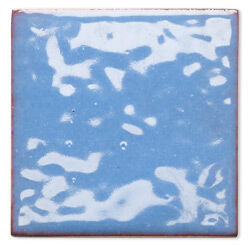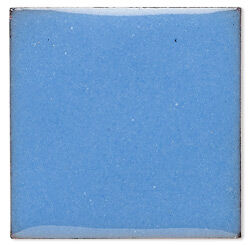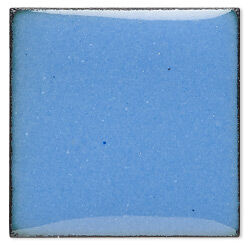Setting Up a Safe Torch Firing Area and Firing Enamels with a Butane-Filled Torch
by Tammy Honaman, Author, Jewelry-Making Expert and Educator,
Exclusively for Fire Mountain Gems and Beads®
Glass enamels are applied to metal for a beautiful and colorful finish. Enamels are fired onto the metal with the heat of a torch or kiln. When using a kiln for enameling, the target temperature is in the area of 1500 degrees Fahrenheit. When torch firing, the temperature needed is the same, but the goal is to do the fusing quickly. Since you are working in an open-air environment, it is recommended to use a torch with a higher temperature rating--more like 2300 degrees Fahrenheit.
Safety Notes
- The area where you will be working with enamels should have good ventilation
- Don't eat or drink anything where you will be doing the enameling (particulates could wind up in these items and then inadvertently be ingested)
- When sifting the enamels wear a dust mask
- Fire enamels in a well-ventilated area so you exhaust any fumes, especially those caused from metal oxides that may be present in the enamels
- Change your clothes after you have completed your enamel work for the day. Be aware of removing your shirt over your face, as some enamel particles may still be present.
- Wear natural fiber clothing when firing in your studio. Should there be an accidental fire, natural fibers will not stick to you like manmade fabrics would.
- Work in as clean an area as possible
- Clean throughout the enameling process so you do not add particles of something to something else--e.g. introducing fire scale to your enamel jars, or blue enamel into your white enamel, etc.
- Clean up your worktable when you are finished enameling and before moving into a new design project
There are 4 stages that enamel will progress through when heated: sugar, orange peel, full fuse and over fired. These words describe what the enamel looks like at each stage:
Each stage is obtained by controlling the heat. All have their place and it is advisable to become familiar with each so you understand what they look like, how they can work to your advantage and how to avoid them if they are not what you are looking for.
Torch Firing Area
- Place a heatproof surface onto your work surface to protect the surface for other uses and to help control any accidents
- Place a trivet onto the heatproof surface
- Place a mesh rack onto a tripod
- Place heat resistant gloves, safety (green-tinted) glasses and fiber grip cross-locking tweezers near the firing area
- Place a bowl of cold water and a fire extinguisher near the firing area for safety in the event of an accident
- Wear natural fiber clothing, roll up long sleeves and tie back long hair
- As always, use good judgment when igniting a torch
Enameling Area
- Cut recycled magazine pages or copy paper into halves
- Have sifters and enamels nearby
- Clean your work surface so it's free of debris from any past projects
- Have a good dust mask ready
Torch Firing Enamel
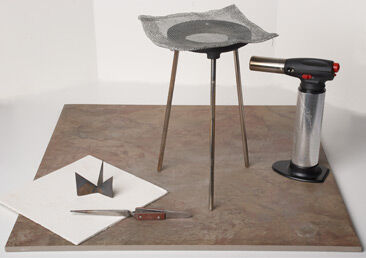
Fill the butane torch with fuel per manufacturer's instructions. Prepare the metal surface for enameling. Apply the enamel to the metal. Carefully maneuver the enameled metal onto a trivet then carefully move the trivet onto the mesh firing rack.
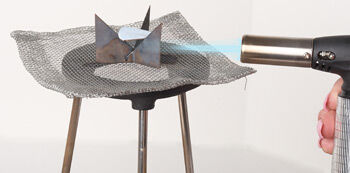
Put on your safety glasses. Ignite a butane-filled torch. Introduce the flame to the metal, working from underneath the blank, and doing so slowly at first so the flame does not blow the enamels from the surface of the metal.
Continue heating the blank from underneath, using the dynamics of the trivet to splay the flame to all areas of the blank, moving the torch to reach other areas if needed. Heat until the desired finish is reached.
Note: When enameling on metal, depending on the thickness and the technique you are working in, it is advisable to enamel both sides of the piece. This will help distribute the stress evenly and help lessen warping, which might occur as the metal and enamel expand and contract. These enamel layers are called counter enamel (the under or back side) and topcoat (the layer that is facing forward).
Since this first enamel coating will be the counter enamel, heat the blank until the surface of the enamel is at least to the sugar stage. The metal and enamel will be heated again so "sugar" will eventually turn to fully fused. Allow the metal to cool.
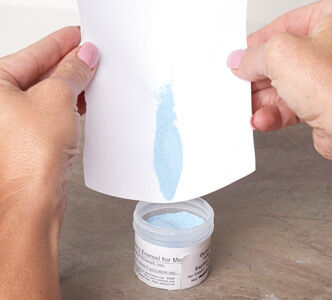
Fold the paper that caught the enamels, to form a funnel-like spout then pour the enamels back into its original container.
Repeat to add a topcoat of enamels until the finish of the enamels is as your design calls for.
Have a question regarding this project? Email Customer Service.
Copyright Permissions
All works of authorship (articles, videos, tutorials and other creative works) are from the Fire Mountain Gems and Beads® Collection, and permission to copy is granted for non-commercial educational purposes only. All other reproduction requires written permission. For more information, please email copyrightpermission@firemtn.com.

